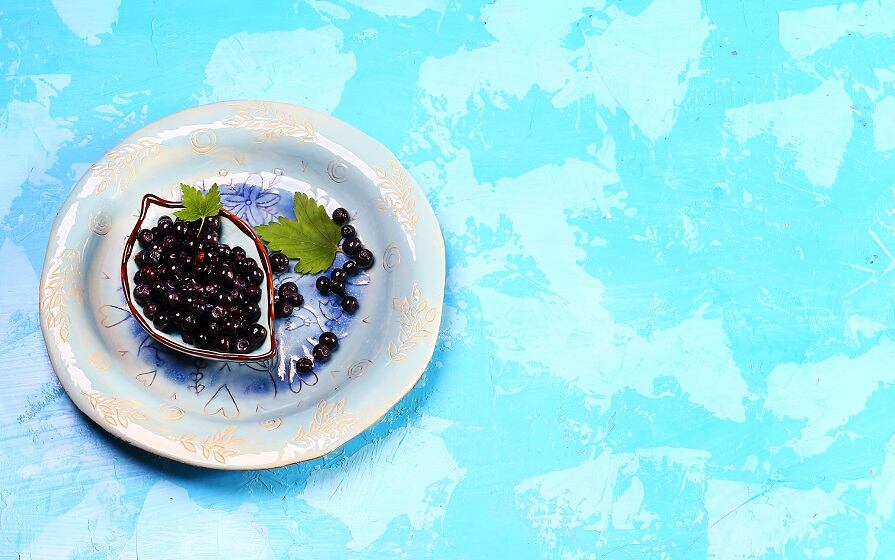Writing in The Journal of Traditional and Complementary Medicine, scientists from Orthomedico Inc. and the Ario Nishiarai Eye Clinic in Japan report that the commercially available MaquiBright ingredient performed better than placebo for a range of symptoms associated with eye dryness and fatigue.
The study was sponsored by MNL Group and ANKLAM Extract, and welcomed by Humberto Zuckerman, Vice President Marketing and Sales at MNL Group. “This study demonstrates benefits of dry eye reduction with participants receiving dosage as a supplement. People now have an easier choice to combat dry eye. They can simply take one capsule of MaquiBright a day to complement the usage of eye drops multiple times a day.”
According to the 2013 US National Health and Wellness Survey, 16.4 million people in the US suffer from dry eyes symptoms.
Study details
The researchers recruited 74 Japanese subjects with eye dryness, eye fatigue and are exposed to more than four hours of screen time at work daily, to participate in their study. They were randomly assigned to receive either 60 mg of MaquiBright per day (a standardized maqui berry extract in powder containing 21 mg of total anthocyanins, 15 mg of total delphinidins, and 4 mg delphinidin-3,5-O-diglucoside or placebo for four weeks.
Results showed that consumption of the maqui berry extract led to significant increases in lacrimal fluid (tears) production in both eyes, compared to placebo, while the Visual Analogue Scale (VAS) method showed that the maqui berry extract was associated with significant reductions in both eye fatigue and stiff shoulders, compared to placebo.

In addition, the Dry Eye–related Quality of Life Score (DEQS) indicated that MaquiBright was associated with reductions in “bothersome ocular symptoms”, such as sensations of grittiness, sore eyes, red eyes, and so on.
“Taken together, the ingestion of 60 mg of MaquiBright per day for 4 weeks increased the lacrimal fluid generation, diminished subjective symptoms of eye fatigue, and alleviated eye dryness,” wrote the researchers. “Although MaquiBright did not exert a significant effect on accommodative function or flicker test results, it demonstrated a positive and significant effect on eye fatigue and stiff shoulders subjective symptoms. MaquiBright may reduce eye fatigue.
“Thus, future studies are planned to investigate the impact of MaquiBright on eye fatigue, the tear film layer, and central fatigue.”
MaquiBright is distributed in the US exclusively by Charles Bowman and Company. Commenting on the new study, said Anthony Palmieri, Sr. director global business development for the company, said: “The results of this study solidify the eye health benefits associated with MaquiBright. Companies looking to expand product lines into the eye health category can rest assured the science matches the benefits.”
Source: The Journal of Traditional and Complementary Medicine
Published online ahead of print, doi: 10.1016/j.jtcme.2018.11.001
“Effects of MaquiBright on Improving Eye Dryness and Fatigue in Humans: A Randomized, Double-blind, Placebo-controlled Trial”
Authors: S-i. Yamashita, et al.


